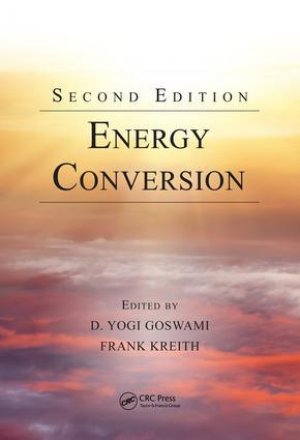EN
|
MY

Sarawakiana Festival 2025 08 Dec 2025
Sanggar dalam Adat, Ritual dan Perjalanan Hidup Masyarakat Bidayuh 11 Dec 2025
Seni Warisan: Bengkel Ukiran Kelembit 12 Dec 2025
Bengkel Seni Baju Ujan (Ngepan Batang Rajang) 13 Dec 2025